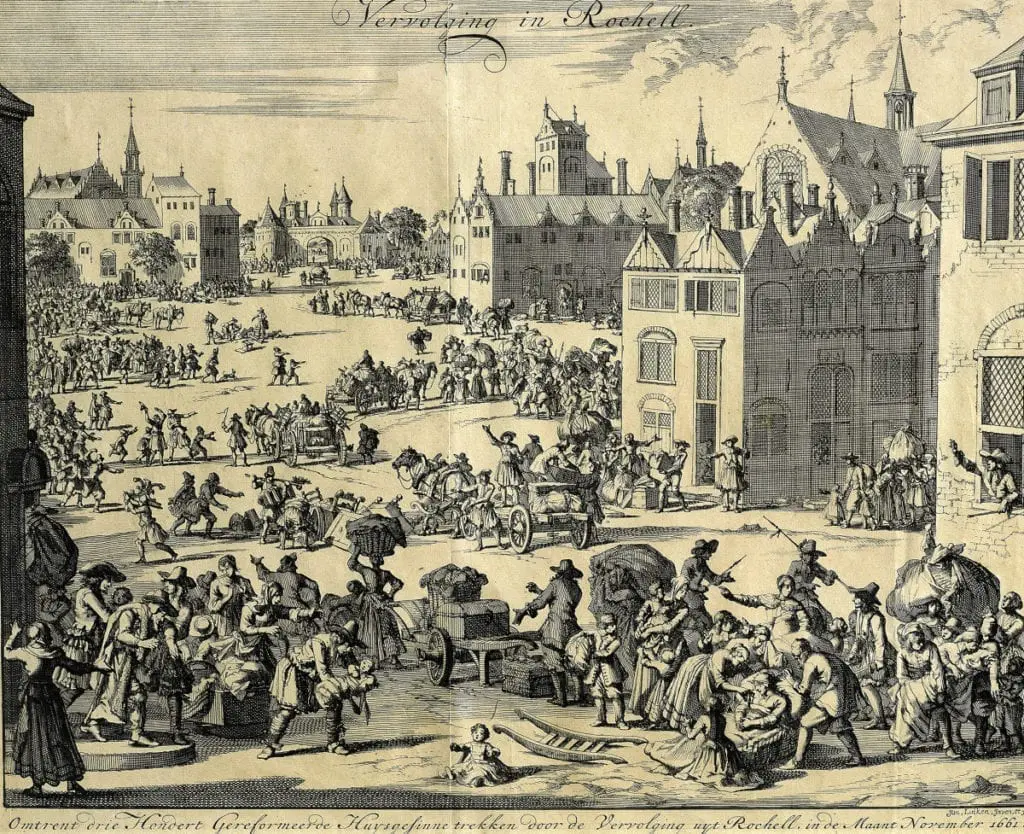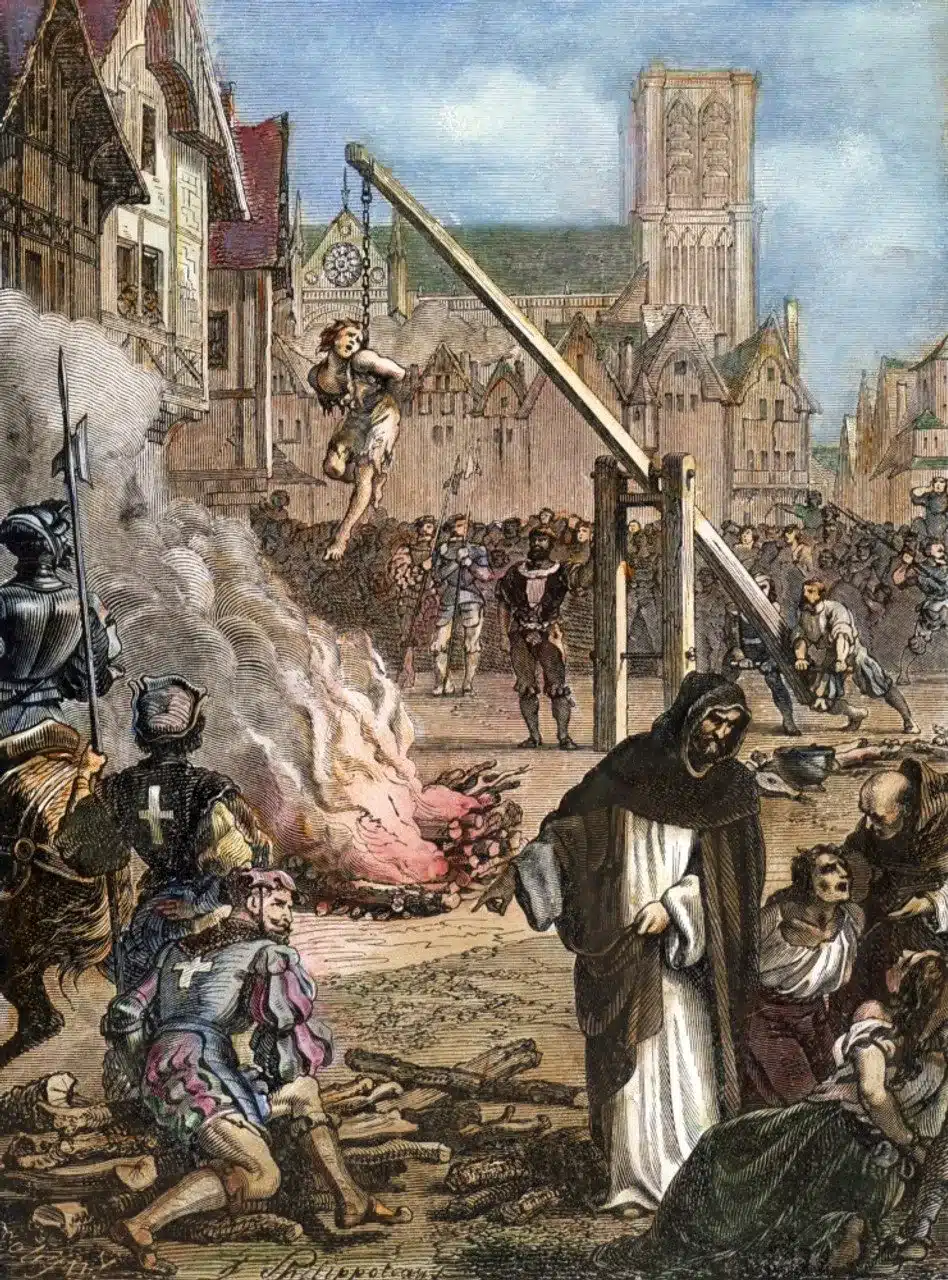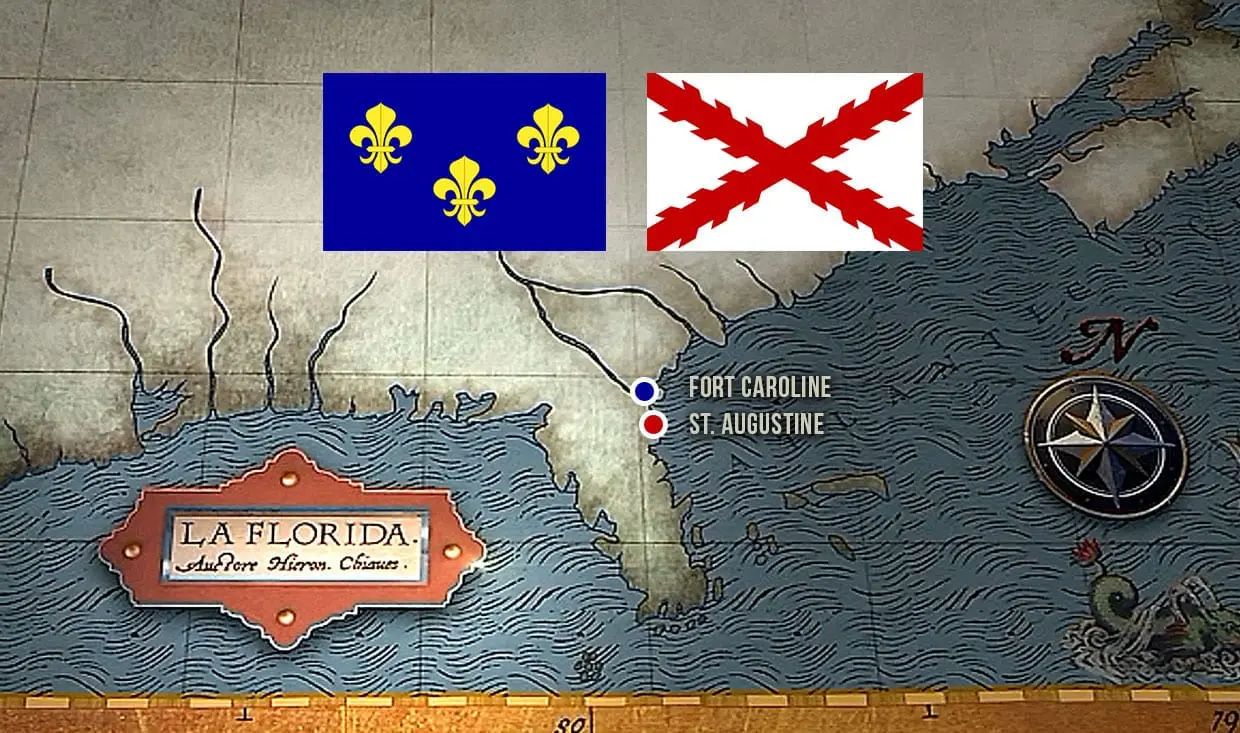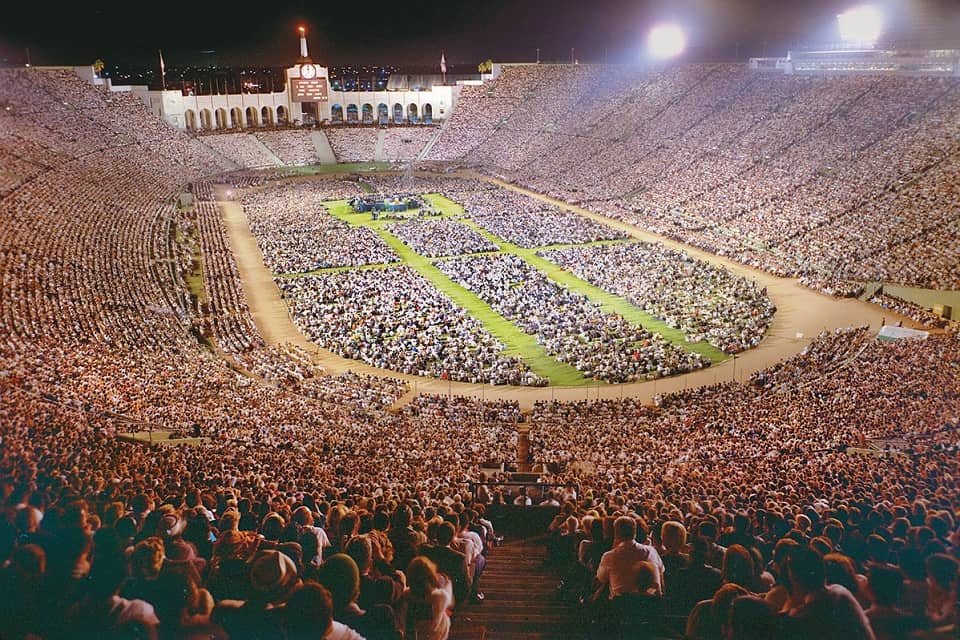The French Huguenots In Florida

Calvin Bryant, Founder JeanRibault.org
The French Huguenots played an important role in the history of France and the Americas. As a religious minority brutally persecuted by the Catholic Church, many of the Huguenots were forced to flee France to establish a new settlement where they could practice their faith. Over the next 150 years, they would flee to South Africa, South America, North America, Germany, England, Netherlands, Geneva, and many other locations. Protestants in France had three choices: convert to Catholicism, worship in secret, or flee the country. The word ‘refugee’ comes from the French word réfugié which dates back to 1685, used then to refer to the 160 000 or more who fled France for nearby non-Catholics states or countries.
In North America, more than 50 years before the English Puritans landed at Plymouth (1620), the French Huguenots under Captain Jean Ribault, established Charlesfort (1562), in present-day South Carolina. Two years later in 1564, Huguenots also founded Fort Caroline near present-day Jacksonville, Florida. Although the English Puritans suffered religious persecution, it was minimal in comparison to the systematic, murder and brutality experienced by the French Huguenots.


Since the Huguenot story and their arrival in Florida in 1562, is less commonly told than stories about Columbus, the Puritans, and other explorers, it is important to understand a bit more about the historical experience of this unique group. Their persecution by the Catholic Church is also an eye-opening story that is important to understand today. In learning about these things, you will have a better and more comprehensive understanding of French and North American history. You’ll learn what motivated them to leave their wealth, homes, and comforts in France and come to Florida, Georgia, and South Carolina during their three 16th-century expeditions (1562,1564,1565).
Let’s explore a little more about who and what the Huguenots were and the role they played in history.
Who Were The Huguenots?
The motto of the French Protestants called Huguenots was “After The Darkness, The Light!” (Tenebras Lux). To them it was, “In God’s light we see light,” (Psalms 36:9). They believed they had all the spiritual light they needed in Christ alone and in the Scriptures alone.
Their protests against the apostate medieval church brought the divine light of the Evangelical gospel to hundreds of thousands of religious protesters in France. The theological leader of this light brigade was the great French Reformer, John Calvin. His book the, “Institutes of the Christian Religion” caused many of the elitists and brightest in the French upper class to protest against the teachings of the Roman Catholic Church. World historian Will Durant regarded Calvin’s “Institutes of the Christian Religion” as among the world’s ten most influential books.
The Huguenots believed they had all the spiritual light they needed in Christ alone and in the Scriptures alone. “In God’s light we see light,” (Psalms 36:9)
Although the Huguenots were not permitted to worship within towns or at night, nor were they allowed to bear arms, they opened their first Church in Paris in 1555. By 1562, there were approximately two million Huguenots worshipping in more than 2,000 churches throughout France. This was a big deal as it meant that ten percent in the total population were marching to the tune of a different drummer. Calvin’s teaching of salvation through faith in Christ alone was a bright star in a dark sky. Here was the pearl of great price that many were searching for. The frightful chains of ex-communication no longer held them like slaves in chains.
What Did The Huguenots Believe?
The Protestant Reformation was raging like a fire across Europe. Beginning in Germany, under a monk named Martin Luther, its call to spiritual and doctrinal reform had sparked a spiritual awakening amongst millions of Bible-believing Christians of all social classes. Its message of grace through faith in Christ alone quickly spread to France as well. The Huguenots were a fast-growing, religious minority in France (1 in 10 Frenchmen considered themselves a Huguenot. Up to 2 million people), where the Roman Catholic Church was the predominant religion. They adhered to the Reformed, Evangelical, or Calvinist view of Protestantism, often summarized by what is called The Five Solas of the Reformation. Protestant beliefs rejected the corruptions and abuses that infested the medieval Roman Catholic Church’s belief system and resembled those of the many other Protestant strains that were expanding throughout Europe at the time. Learn more: The Five Solas of the Reformation
The Persecution Of The Huguenots
Though their religious influence in high places was tolerated for a while by the Valois Kings, the powerful rival Guise dynasty’s, ‘lust for power’ (folie de grandeur) was not so tolerant. Orwellian clouds quickly gathered and suddenly burst wide open upon the unsuspecting non-conformist Huguenots. The Church hierarchy turned on the Huguenots with a vengeance on a par with that of the pagan emperors Nero, Caligula, Aurelius, and Diocletian.
The Huguenots were soon labeled as heretics worthy only of death. The clenched fists of Church and state would not exclude women, children, and the elderly of France must be religiously cleansed. The fateful night came on March 1, 1562, while 300 Huguenot worshipers were worshiping peacefully in a barn near a little village in Vassy, France. They were attacked by troops under the command of Francis, Duke of Guise. More than 60 Huguenots parishioners were killed and over 100 wounded. Like a lion smelling blood, it was only the beginning of an unholy crusade against all religious protesters (Protestants) A peace treaty followed, but the fragile peace could not hold. After all, it was said in a previous church council that promises to heretics do not have to be kept.

The blood-red tide would rise to its highest level ten years later on St. Bartholomew’s Day. In a three-day purge led by an evil queen who simulated Queen Jezebel of Israel, Catherine de Medici, appeared like Grendel’s mother; a killer angel wanting revenge.
Like a broken dam the flood rushed on for several months pushing its way into twelve different cities. It continued on until in its wake it left behind 70,000 dead Evangelical Protestant Christians, including two hundred nobles massacred. Rather than being treated like human beings, they were slaughtered like animals for sacrifice. The worse massacre of the century was all done in the name of a Holy Roman Catholic Church because it believed only it knew what a true Christian was, or wasn’t.
This holocaust of the century met the full approval of the Roman clergy. who viewed it as divine retribution on heretics. When the red tide receded Pope Gregory XIII ordered the singing of a Te Deum and a medal struck in its commemoration. On one side of the coin can be seen the image of an angel, holding a sword and a cross, standing over the fallen Huguenots with the motto “Huguenot Bloodbath” (Ugonottorum Strages). After this darkest, unchristian, and yes Satanic chapter in church history, it is said Philip II of Spain, for the first time in his life laughed aloud.

The famous sonnet of poet and intellectual John Milton rings a deep and solemn tone,
“Avenge, O Lord, thy slaughtered saints, whose bones lie scattered on the Alpine mountains cold, / Even them who kept thy truth so pure of old, / When all our fathers worshipped stocks and stones.”
In 1564 before Jamestown, Virginia and before Plymouth Rock, Massachusetts was even thought of brave Huguenot’s pilgrims plied the ocean waves from Normandy France set their sails for the new world. They settled in Florida in an area that is now Jacksonville, only to be slaughtered by Spanish forces.
I will not repeat that tragic story which is beyond irony, and which is eloquently told in the accompanying pages.
Another fragile peace would follow under the Edict of Nantes (1589) But it was as fragile as the whims of a church/state government that ruled by decree.
When King Louis XIV ascended the French throne in 1643, the smoldering coals of religious persecution were fanned into red hot flames once again. He went so far as to say, “I am France” and as I speak so shall it be.
In 1685 Louis the Sun-King encouraged by the Jesuits made Protestantism illegal throughout France. He ordered his infamous dragonnades to confiscate Huguenot houses and properties. And forcing as many as would to convert back to Catholicism.
Many tried to escape from their small villages and cross the French border into northern Italy where some Waldensian Evangelicals had earlier escaped to freedom. But like the Jews in the Holocaust he had them rounded up into camps where some 12,000 were left to starve to death.
The Huguenot diaspora was now in full swing. The Huguenots had been bled white. Some 200,000 became refugees forced to flee their homeland for good. They now saw Catholicism as a bloody and treacherous religion, with no hope of reform. Some managed to escape to Lutheran Germany. Some going to Evangelical Geneva and many thousands to the Protestant Netherlands, and England. The minority that remained in France had to worship in secret much like the early Church believers in pagan Rome. It was an Orwellian Oceania where the little flock had only those human and civil rights, dictated to them by the church/state.
Their exodus would prove a financial disaster for France, as the Huguenots made up half of its working class. Many were well-educated and skillful tradesmen whose skills improved the economies of every city where they fled.
Lessons Learned From the Slaughter of the Huguenots
Here, history proves again that we learn very little from history. And that while power tends to corrupt, absolute power always corrupts. Here is a great irony that when the Catholic church was not the dominant power in early Rome when it was the nonconformist minority it preached tolerance. It exalted its martyrs for defying the state when it tried to force their state religion upon them. But when the same church became the dominant power in (Medieval) Rome it showed no tolerance for the nonconformist in its midst. When the French Huguenots refused to accept the state religion being forced upon them they were murdered, martyred, and mutilated by the hundreds of thousands. Do we learn from history? Only for a short time. Only as long as we are still feeling the pain of our previous bad choices. But succeeding generations soon forget. WW1, the “war to end all wars” was followed by WW2 which turned Europe into a vast graveyard of 75 million dead soldiers and civilians. A hundred wars after that and a thousand cenotaphs crying out “Lest we Forget” saying we learn almost nothing from history. The leopard cannot change its spots, the zebra cannot change its stripes. The greatest wars the bloodiest battles ever fought are yet to be fought. “The wolf and the lamb shall lie down together in peace. The nations shall beat their swords into plowshares only when Christ returns.”
– O Lord Hasten the Day!
The Catholic Persecution of the Huguenots
The Huguenots were brutally persecuted by the Catholic Church because of their Protestant beliefs (Salvation by grace through faith in Jesus Christ alone. Not through a Pope, priest or any human effort. It is the free gift of God to all who repent and believe in Jesus Christ as Lord.) The persecutions of the Catholic Church often led to highly coordinated, systematic acts of extreme violence against French Huguenots. One event – the St. Bartholomew’s Day massacre – led to the murder of many thousands of Huguenots in Paris and throughout the country. Over the next 150 years, it was followed up by relentless efforts to destroy them by any means necessary.

Huguenots in the New World
The Huguenots were eventually forced to either convert to follow the teachings of the French Catholic Church or flee the country. For those who fled, there were no easy options. Many French Huguenots established colonies in North America. Over the next few centuries, their lasting legacy of faith would lay the foundation for the rise of one of the greatest nations in the world. Read more about their legacy the Americas.
Jean Ribault led one early expedition that produced several settlements in the Florida area. One Huguenot settlement was Fort Carolina, where Jacksonville, Florida, is today. Eventually, these Huguenot settlements came under attack by Spanish interests.

Huguenot Legacy Today
These days, the legacy of the “Huguenots” lives on, although the term is rarely used. More commonly, the individuals who would be classified in this group now simply identify as various denominations such as Presbyterians, Baptists, Pentecostals, Reformed Church, Non-denominational Christians, etc. The Christian heritage of the Americas can trace a large part of their modern denominations to the core doctrines taught by the Huguenots and championed by John Calvin, Martin Luther, and the fathers of the Reformation. The strong belief in the authority of Scripture and salvation through Christ alone are all alive in today’s world and were boldly preached by modern Christian leaders such as Billy Graham. Graham was raised in the Reformed Presbyterian Church and would later be associated with the Southern Baptists. His ministry would embody the Huguenot’s passion to live boldly and faithfully for Jesus Christ. However, there are not only French Huguenots; indeed, many live and lived throughout Europe including the UK and the Netherlands. Fortunately, these days, they are no longer persecuted by the Catholic Church for their beliefs.
